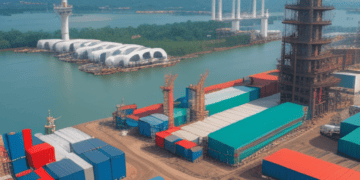In the ever-evolving global economic landscape, business leaders, particularly those at the helm of multinational corporations, are navigating through a period of significant uncertainty. This is particularly evident in the domain of supply chain management and strategic network reconfiguration. Such challenges are in response to the ongoing global geopolitical shifts that are reshaping traditional trade and manufacturing paradigms.
A notable trend in the global manufacturing sector is the gradual shift of production bases. This has been significantly influenced by the evolving relationship between China, a longstanding manufacturing giant, and its major trade partners. Factors such as technological advancements, labor cost variations, and the quest for more resilient supply chains – a need highlighted by the COVID-19 pandemic – are playing pivotal roles in these changes. Concurrently, geopolitical tensions are adding layers of complexity to the decision-making processes of international trade entities.
Corporate leaders are also faced with the task of establishing supply bases that align with the principles of environmental, social, and corporate governance (ESG). Identifying geographic regions that will drive economic growth in the forthcoming years is also crucial. According to a survey by Boston Consulting Group, over 90% of global manufacturers are planning to redesign their supply chain footprints within the next five years.
Resilience in companies has shown to correlate with better performance in the long-term, particularly in terms of total shareholder return (TSR). A well-executed transformation in the supply chain footprint can not only bolster a company’s resilience and sustainability but also lead to significant reductions in global manufacturing and supply-chain costs – potentially between 20 to 50 percent.
In this dynamic context, Southeast Asia is emerging as a strategic location for companies aiming to balance supply costs and risk mitigation. This region, with its cost-competitive manufacturing landscape, is increasingly attractive for companies diversifying away from traditional manufacturing hubs. The Boston Consulting Group’s Global Manufacturing Cost Comparison Model indicates that baseline manufacturing costs in Southeast Asia are now up to 15% lower than in China, not factoring in potential logistics and tariff savings. This region is distinguished by its abundant skilled labor at competitive costs.
The shift away from China to Southeast Asia is already evident, with U.S. imports from Southeast Asian nations increasing by 65% from 2018 to 2022, while imports from China saw a decline. The domestic market in Southeast Asia is also burgeoning, with projections indicating a rise to US$4 trillion in consumer spending by 2031. The region’s GDP stood at $3.6 trillion in 2022, and there’s an expected surge in middle- and high-income households, projected to constitute 84% of all households by 2031.
Policy initiatives in the ASEAN region have been supportive of this growth. Measures to enhance the free flow of goods and services among member states, expansion of ports, and investments in energy, transportation, and digital infrastructure are notable. Initiatives like the ASEAN highway network, the Singapore-Kunming rail project, and the Indonesia-Malaysia-Thailand Growth Triangle are reshaping the region’s economic ecosystem, aligning with the ASEAN Economic Community’s vision of an integrated and mutually beneficial economy.
Significant trade agreements such as the Regional Comprehensive Economic Partnership (RCEP) and the Comprehensive and Progressive Agreement for Trans-Pacific Partnership (CP-TPP) have positioned the region for competitive trade access to markets that represent a significant portion of the global GDP.
The manufacturing industry in Southeast Asia is projected to experience remarkable growth. Its value is expected to double from $748 billion in 2022 to $1.4 trillion by 2028, with a compound annual growth rate (CAGR) of 11% – surpassing the growth rates of other major manufacturing regions like India, China, and Mexico. The region’s exports are anticipated to grow by nearly 90%, reaching $3.2 trillion by 2031.
The manufacturing market in Southeast Asia is spearheaded by six key countries, each presenting unique opportunities and considerations. Among these, Indonesia stands out due to its robust economy and demographic advantages. As of August 2023, Indonesia’s manufacturing PMI index was the highest among ASEAN countries and closely trailing the Asian leader, India. Indonesia’s manufacturing costs, adjusted for productivity, are about 15% lower than China’s. With a population of approximately 275 million and a workforce of 145 million, coupled with a growing consumer class, Indonesia is an increasingly attractive location for manufacturing.
However, challenges such as developing infrastructure, which affects trading networks and creates inflationary pressures on domestically produced goods, must be considered. Additionally, Indonesia’s sustainability credentials are a point of concern in a global market increasingly focused on ESG issues.
For companies looking to capitalize on Southeast Asia and Indonesia’s manufacturing potential, a nuanced understanding of the local landscape is crucial. This includes a thorough analysis of regional differences in labor costs, productivity, operating overheads, tariffs, and taxes. Identifying the most advantageous locations within each country based on local talent, supply base, government incentives, and infrastructure is also essential.
Southeast Asia and Indonesia, with their unique mix of opportunities and challenges, are emerging as key players in the global manufacturing and supply chain landscape. This is underpinned by persistent geopolitical trends, regional policy measures, and a growing domestic market. Success in these markets requires a deep understanding of the local context, as well as strategic navigation through a complex and fragmented business ecosystem.
The Southeast Asian region’s appeal is not just in its economic metrics but also in the strategic advantages it offers for companies looking to diversify and strengthen their global supply chains. The region’s evolving infrastructure, policy landscape, and economic agreements create a conducive environment for manufacturing and trade.
Indonesia, as a focal point in this regional shift, presents a compelling case. Its robust economic fundamentals, demographic dividend, and competitive manufacturing costs make it a prime candidate for companies considering supply chain realignment. The country’s manufacturing sector, characterized by low productivity-adjusted costs and a significant domestic market, is particularly enticing for businesses aiming to tap into the region’s growth potential.
However, it’s not without its challenges. Infrastructure development, which is crucial for efficient supply chain operations, remains an area needing significant improvement. Companies venturing into Indonesia must also grapple with the nation’s sustainability and ESG standards, which are becoming increasingly important in global trade.
The importance of strategic planning cannot be overstated for businesses aiming to leverage Southeast Asia’s manufacturing potential. A detailed understanding of the local and regional market dynamics, cost structures, and regulatory environments is essential. Companies need to assess not only the immediate benefits but also the long-term implications of their supply chain decisions.
In conclusion, Southeast Asia, with Indonesia at its forefront, represents a significant opportunity in the global manufacturing landscape. The region’s competitive advantages, coupled with the shifting global economic patterns, position it as a strategic hub for future supply chain developments. As companies worldwide continue to reassess their supply chain strategies, understanding the nuances of this region will be key to tapping into its full potential.
For businesses and investors looking to stay ahead in the global manufacturing arena, keeping a close eye on Southeast Asia’s growth trajectory, policy developments, and infrastructural advancements will be crucial. The region’s role in the global supply chain is poised to expand significantly, offering new opportunities and challenges for international trade and manufacturing sectors.
Stay current with supply chain report news at The Supply Chain Report. For international trade tools, see ADAMftd.com.
#SupplyChain #Manufacturing #SoutheastAsia #GlobalTrade #ESG #BusinessStrategy #GeopoliticalShifts #BCG #RCEP #CPTPP #Indonesia #EconomicGrowth #Infrastructure #TradeAgreements #CostSavings #ManufacturingInnovation #MarketDynamics #IndustryTrends #InvestmentOpportunities #CorporateGovernance #Resilience

















